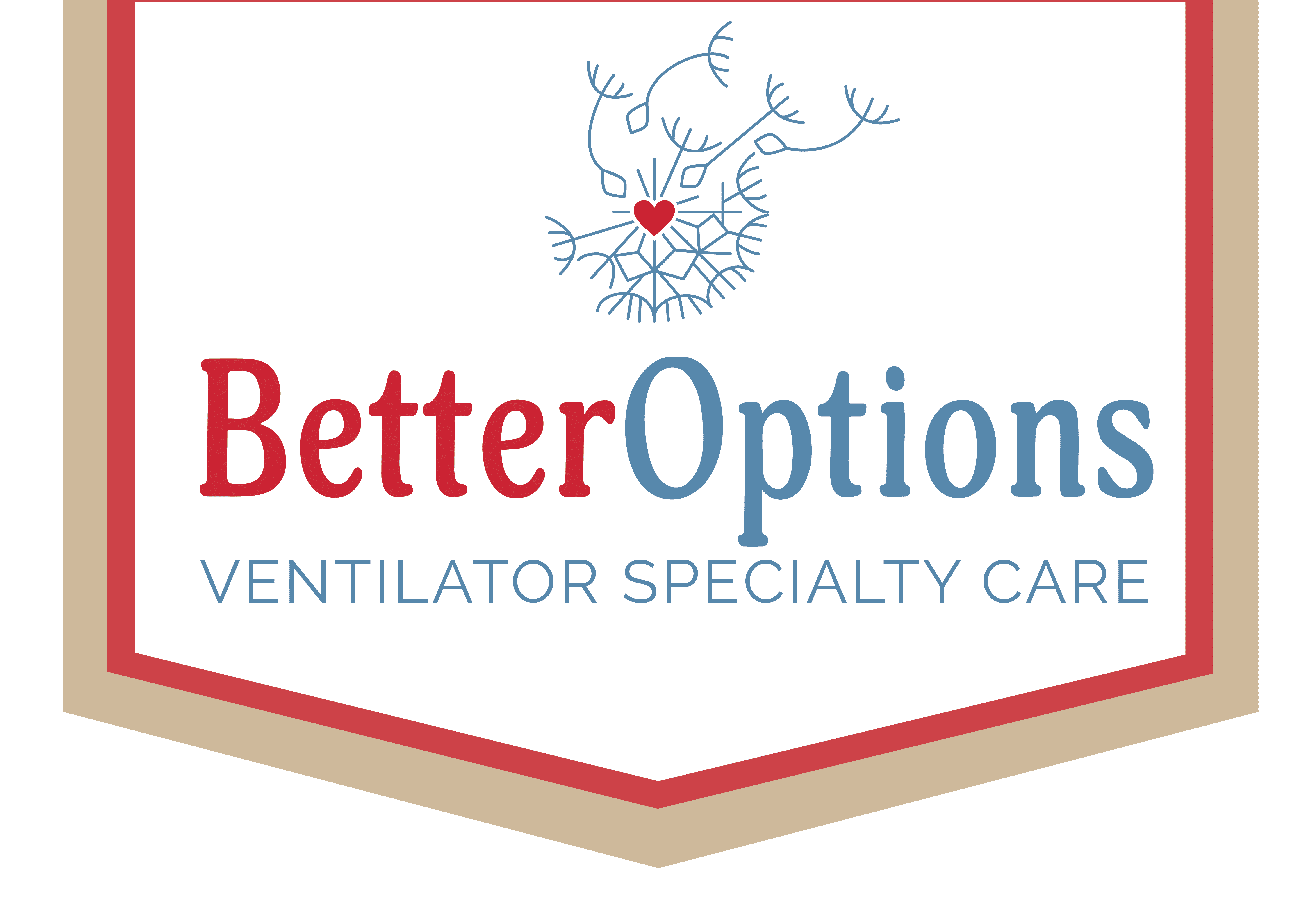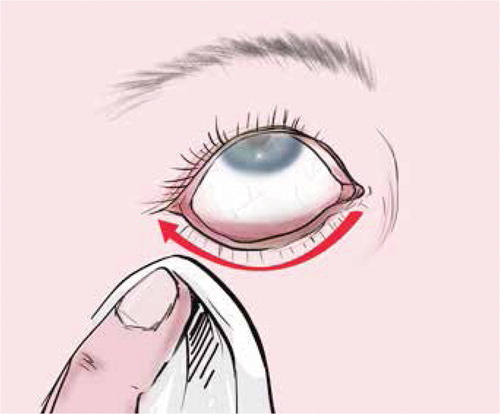Tear secretion and eyelids are two natural guards that protect eyes from outer threats and dryness. Eyelids quickly respond and cover eyes as a reflex action to safeguard against foreign threats like dust, bright light, insects or any other object that can harm the cornea. On the other hand, tears keep eyes moisturize as well as clean eyes in case any foreign object succeeds in dodging eyelid reflex.
The natural eye protection mechanism impairs particularly in ventilated patients or those who are partially or fully unconscious or sedated while on ventilator. Keeping eyes closed for a long time or use of sedatives and muscle relaxants in intensive care patients causes either loss of blinking reflex or ability to keep eyes open and in some cases complete closure of eyelids. This eventually results in evaporation of tears leading to many ocular complications like tissue scarring, dryness of eyes, corneal abrasion, swelling of eyelids and eye infections. All these conditions can increase the pain of ventilated patients.
Proactive Measures to Avoid Eye Infections of Ventilator Patients
It is better to take proactive measures to lessen the chances of infections or any other complication in critically ill patients. Eyes of the patient must be examined properly before he is admitted to the hospital. Doctors and nurses are supposed to sanitize their hands and eye care equipment properly before giving any treatment to the patient. Additionally, on-duty nurses must examine eyes on regular basis and report to the professionals if feel any unusual symptoms. Assessment of even ICU staff for possible eye infections can also be a good measure in this regard. These proactive measures can prevent patients from serious damages.
Eyes Cleaning on Regular Basis Is Necessary For Ventilated Patients
Bathing of eyes with saline is most needed practice if patient catches eye infections. Paramedic staff needs to clean the inner and outer surface of eyelid with a clean gauze soaked in sterile water or saline water. It is better to repeat this practice preferably after every 2 to 4 hours. But if not possible then twice a day or even daily.
Lubrication and Application of Ointment
Germs are generally expelled out of the eyes with the help of tears but in most of the cases ventilated patients lose this ability. However, application of artificial lubricants like methylcellulose drops can also be a good remedy for ventilated patients. These lubricants can prevent dryness of eyes and stop eye scarring or cornea damage caused due to dryness.
Ointments can be a better and fast remedy as compared to the drops in case of critically ill patients as they can stay longer on the surface of the eyes. Application of ointment must be repeated at the intervals of four hours but it is a must to clean eye every time before this application. This precaution can help in removing older medicine from the eyes and increase the effectiveness of the current medicine. Eyelids can also be taped after applying drops or ointments to ensure fast recovery. This measure is especially carried out when patient’s eyelid is not completely shut or patient is totally prone to the nurses.
At Better Options Ventilator Care, we properly take care of all patients and make sure that eyes are fully protected also.


